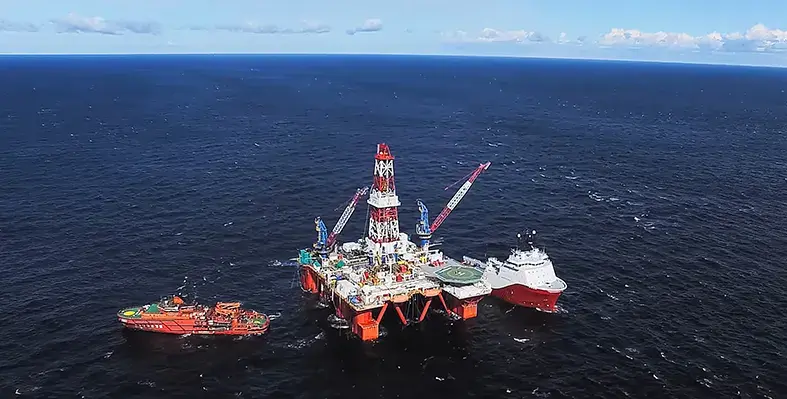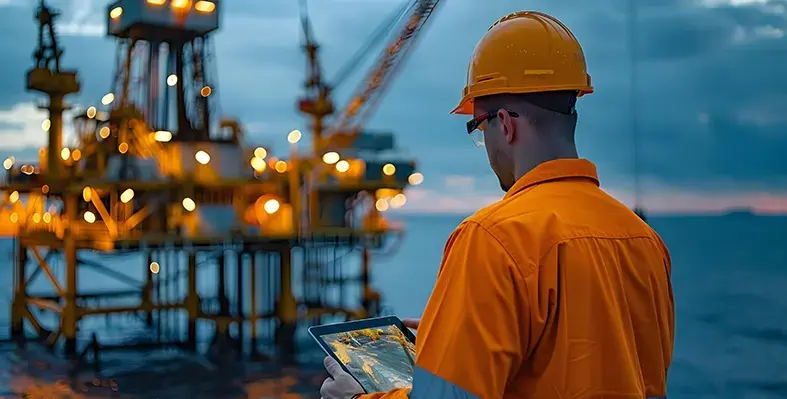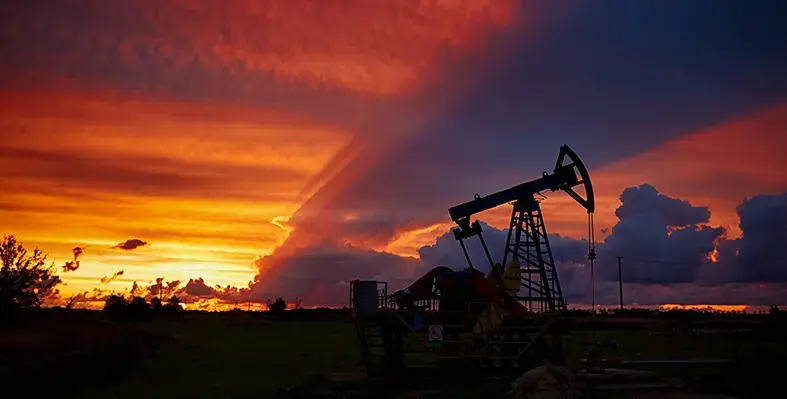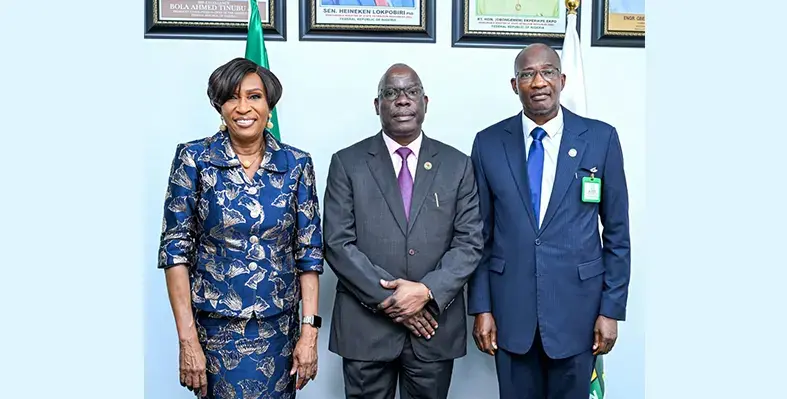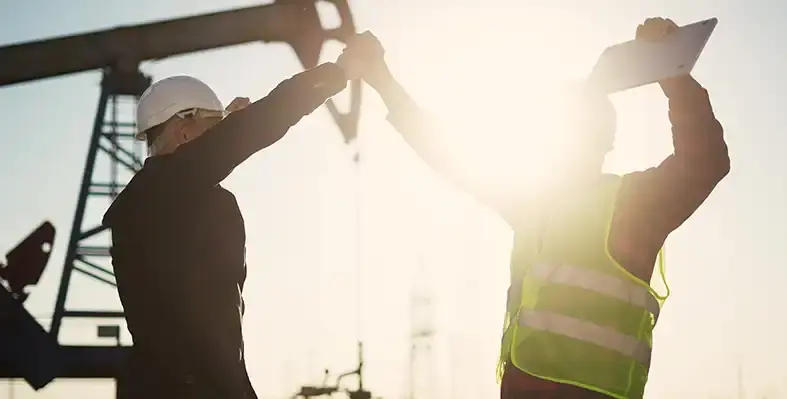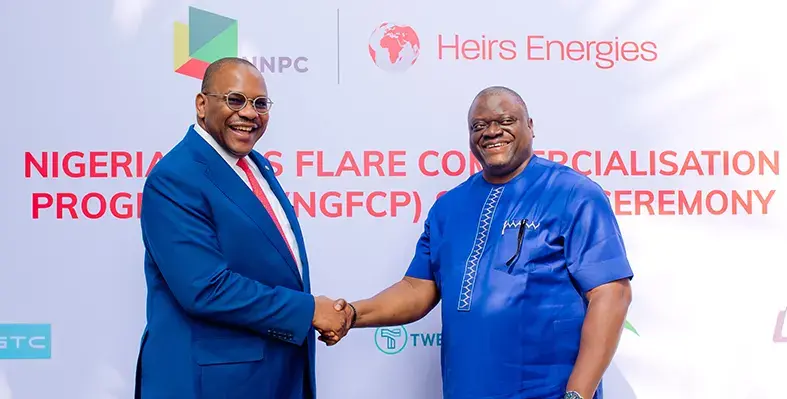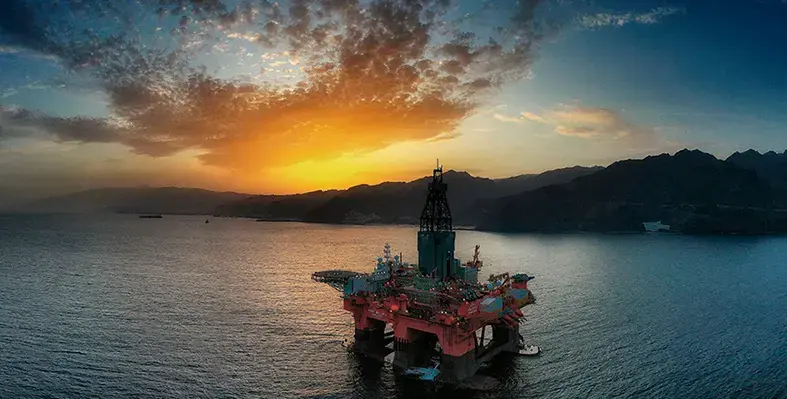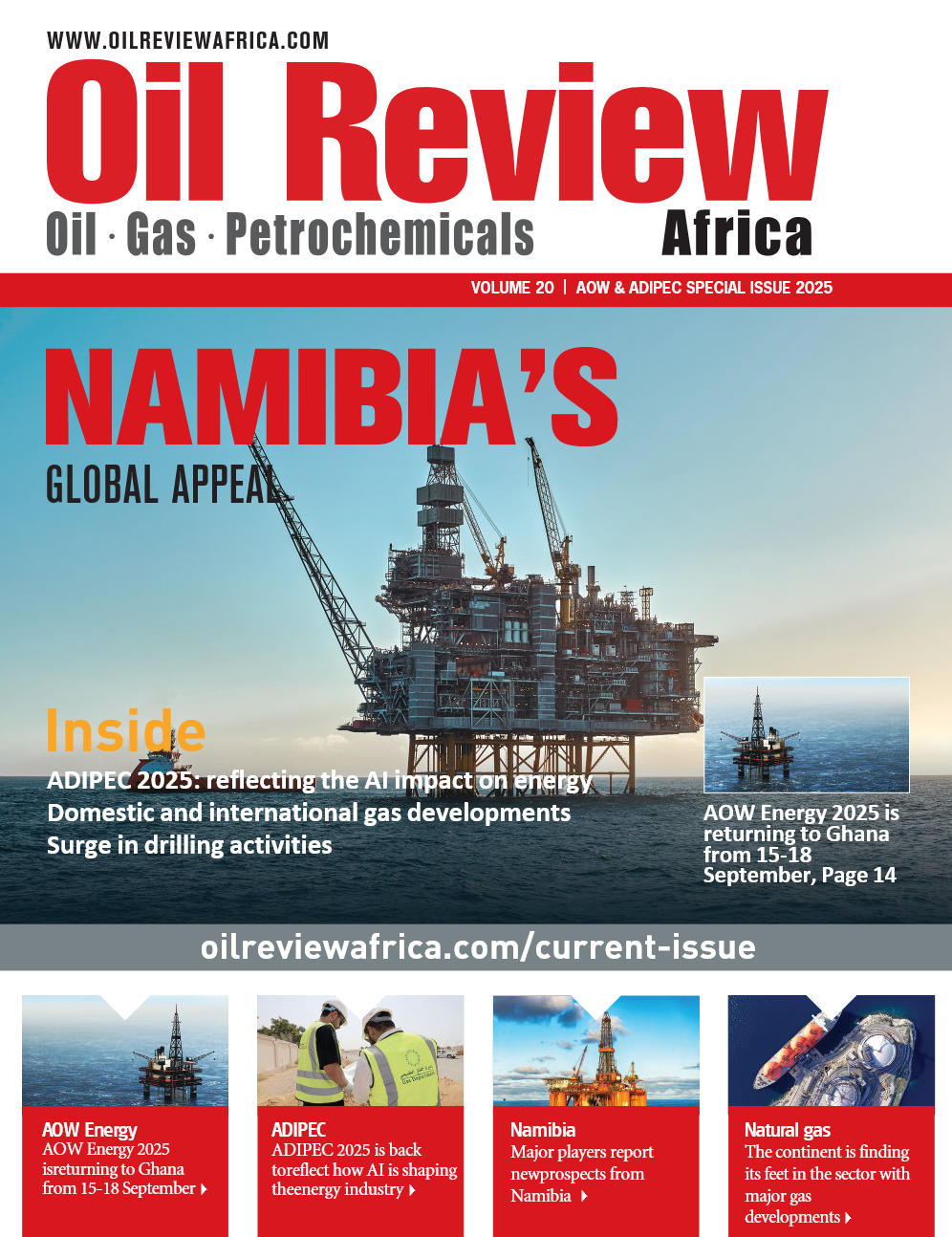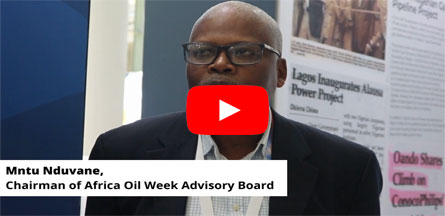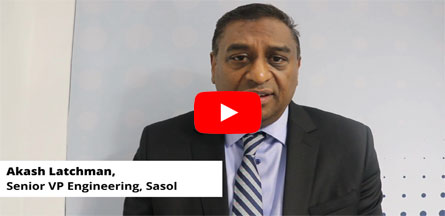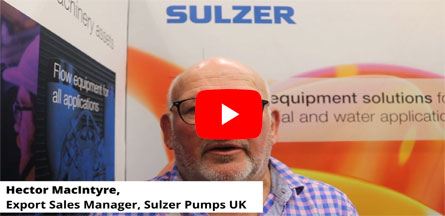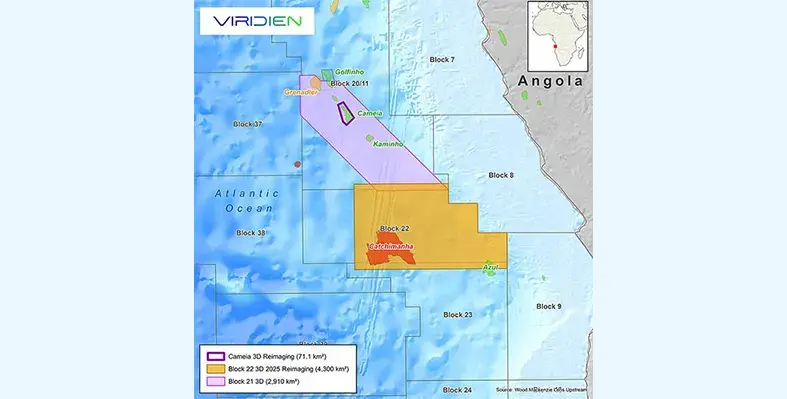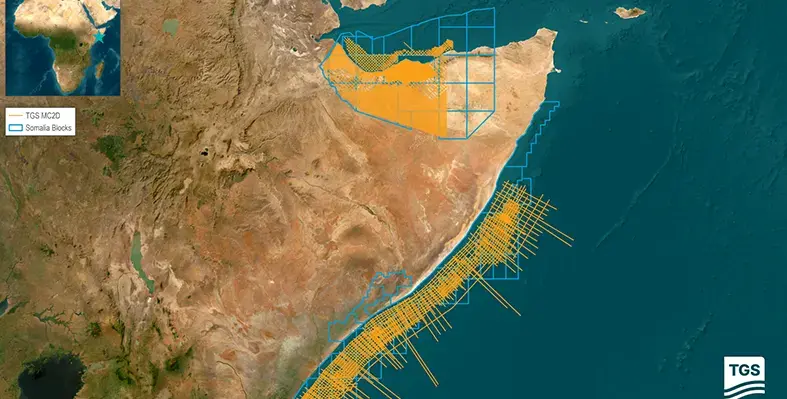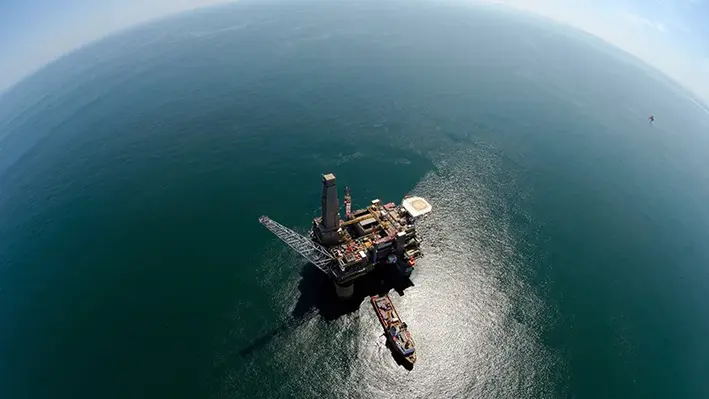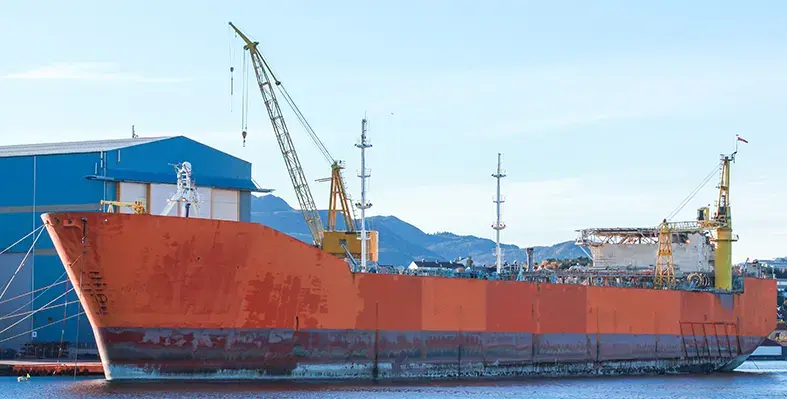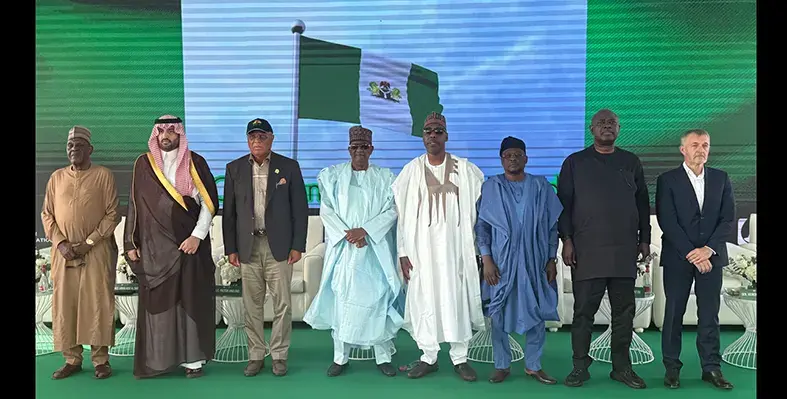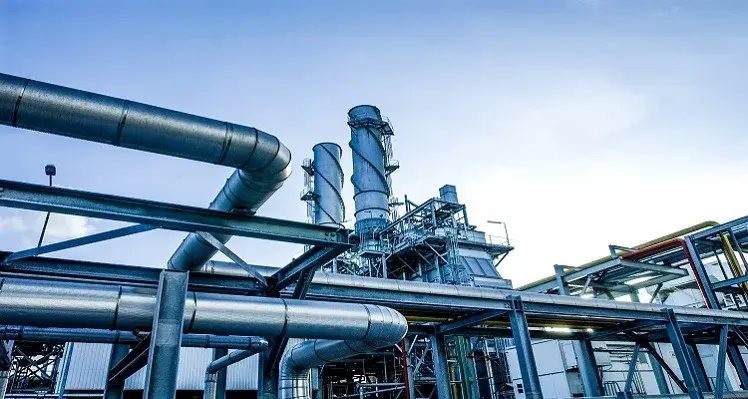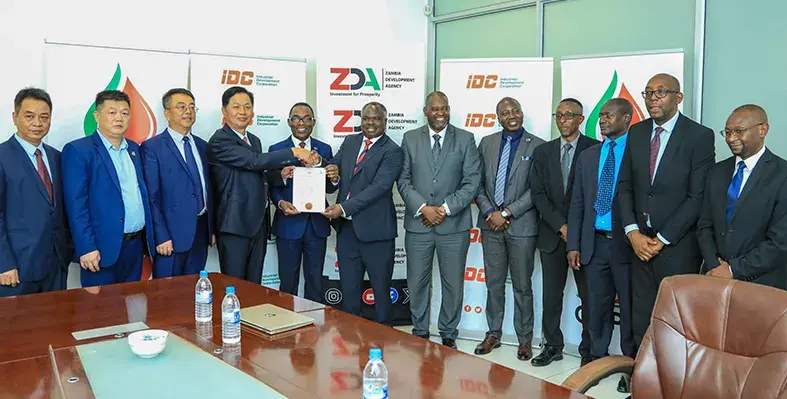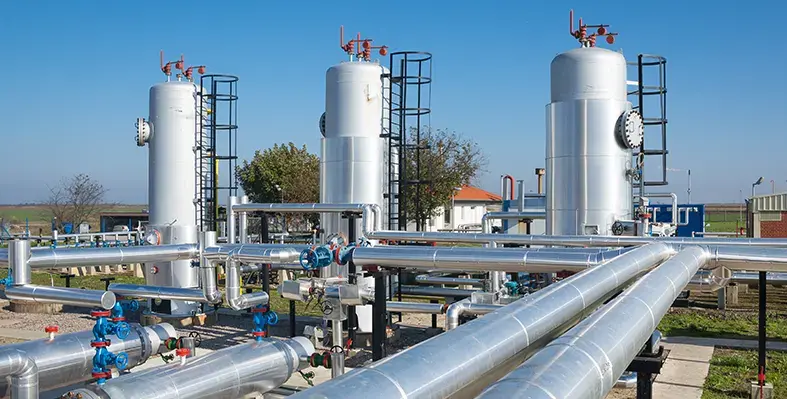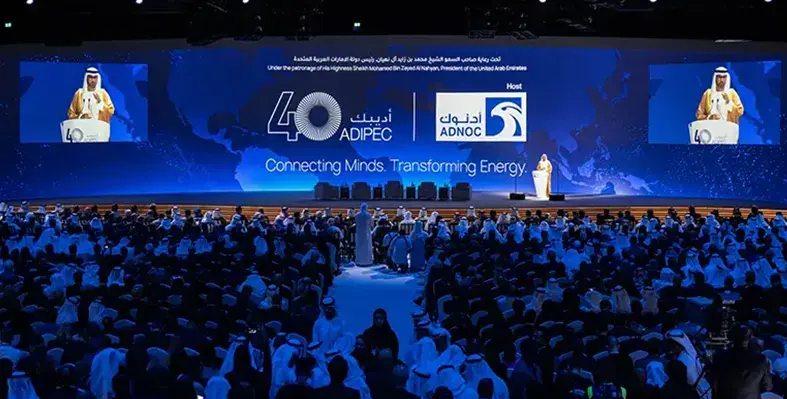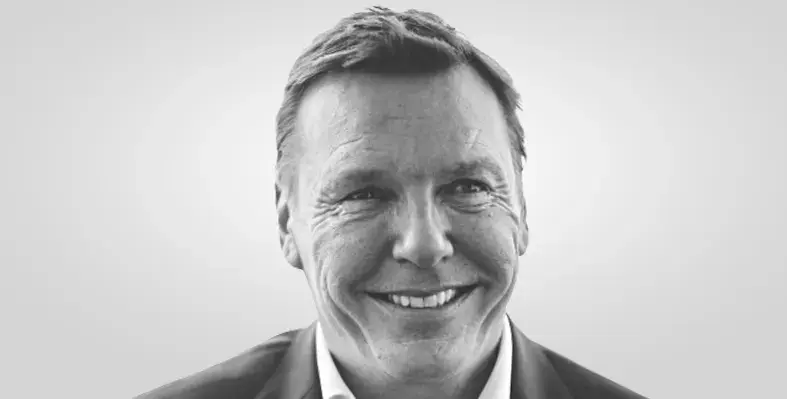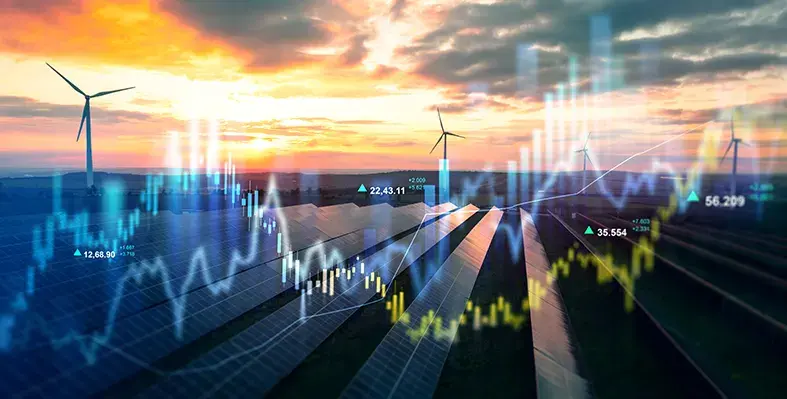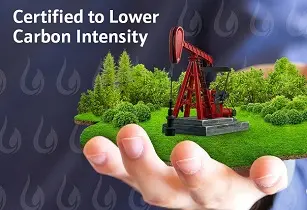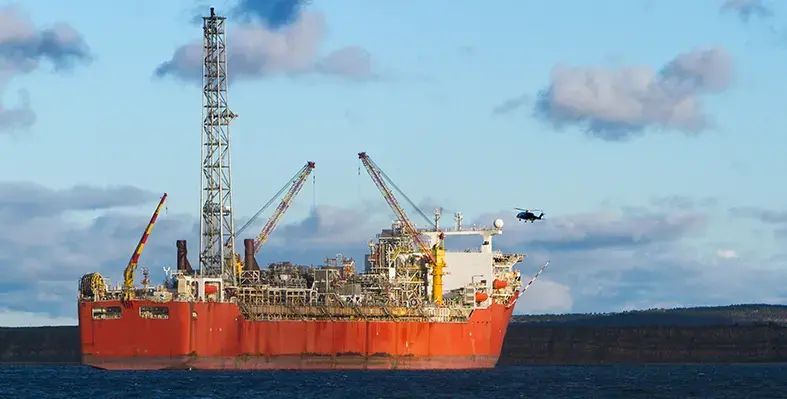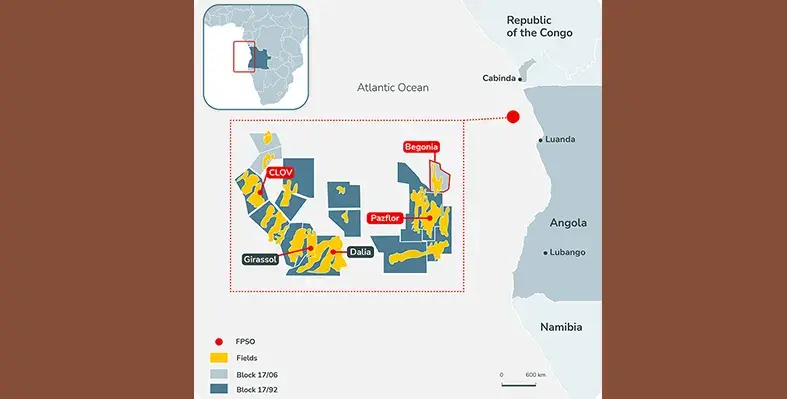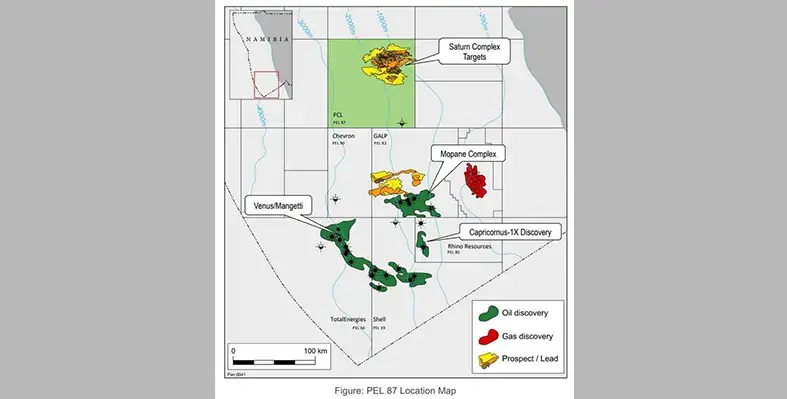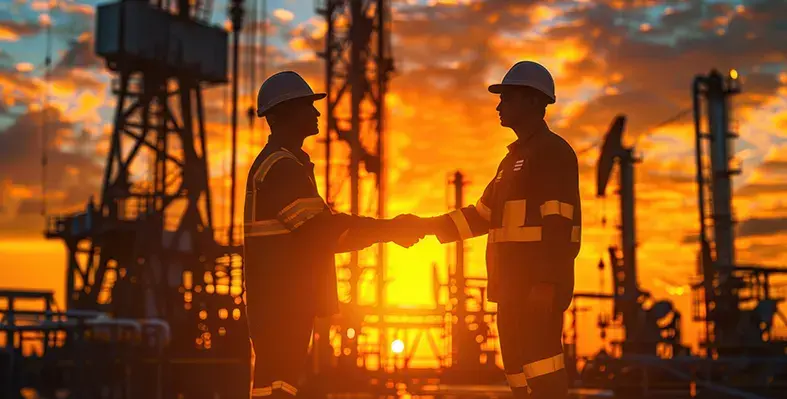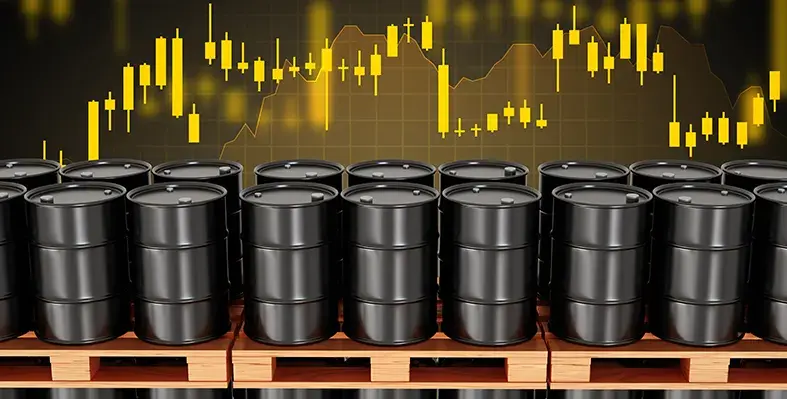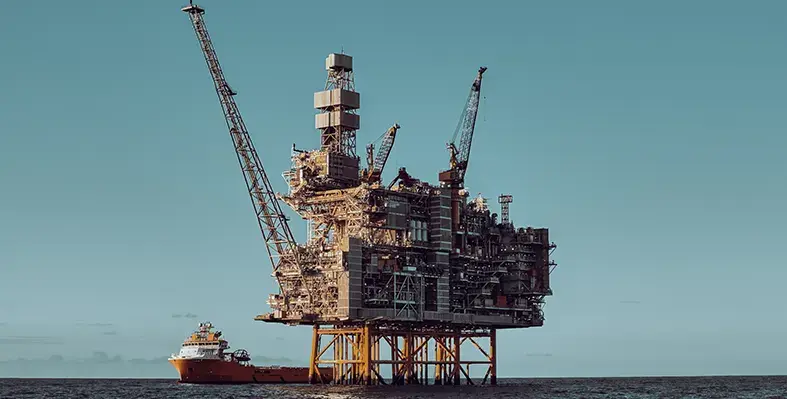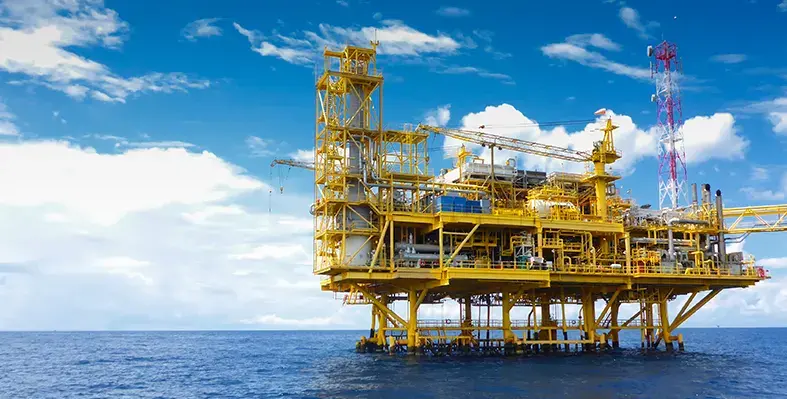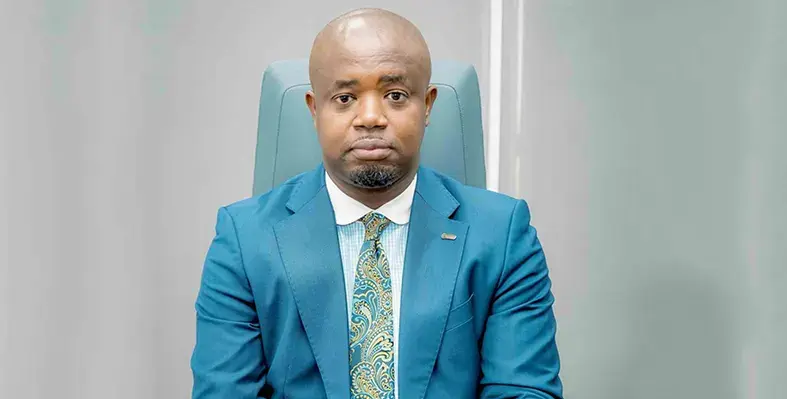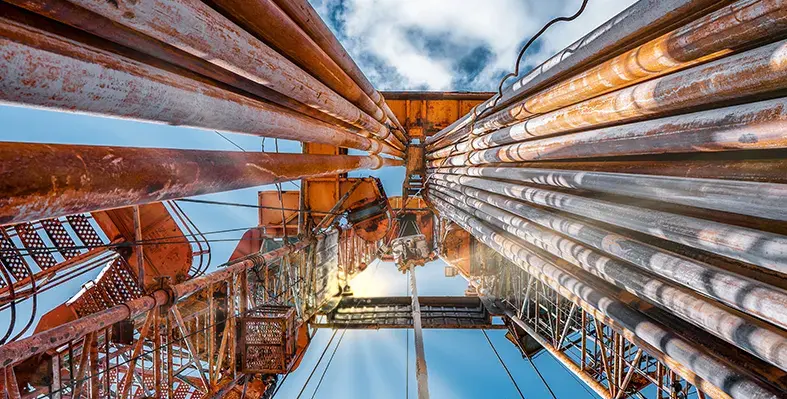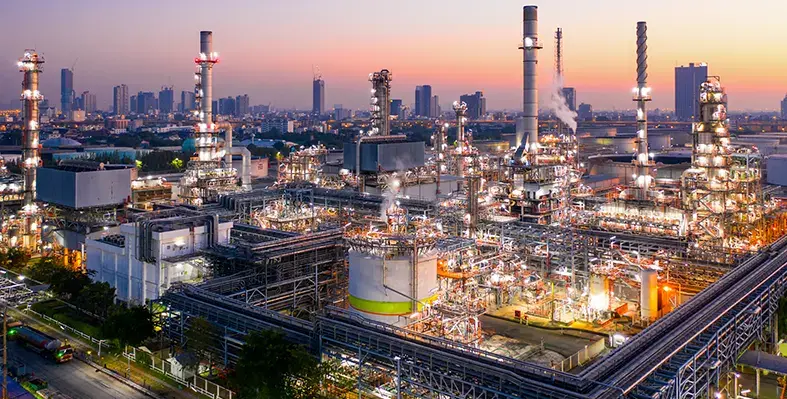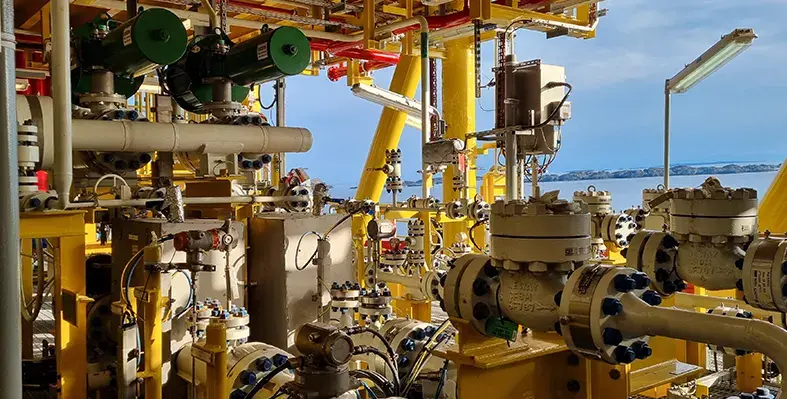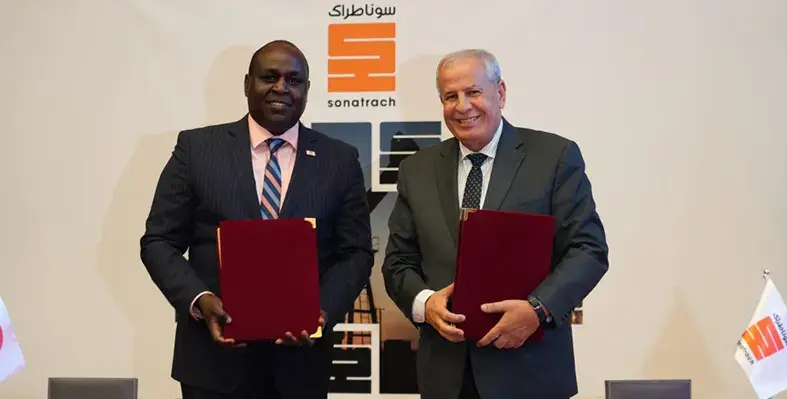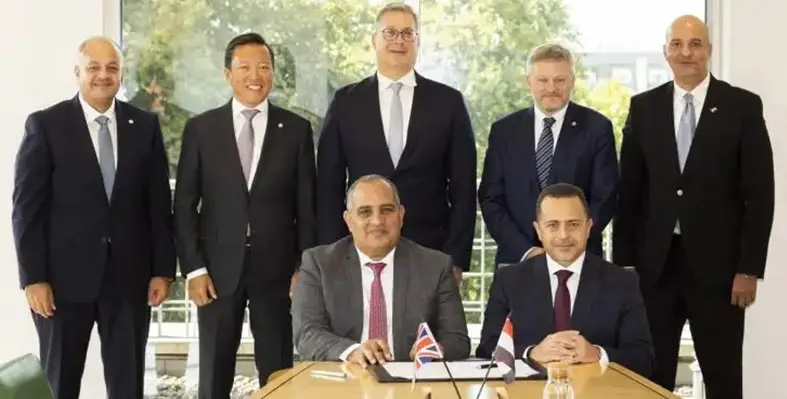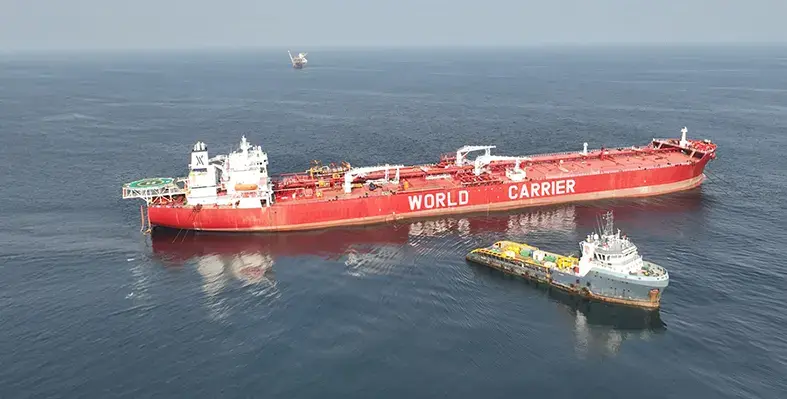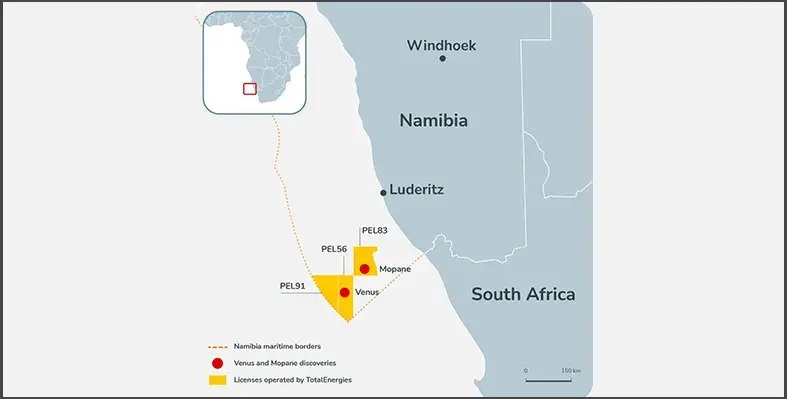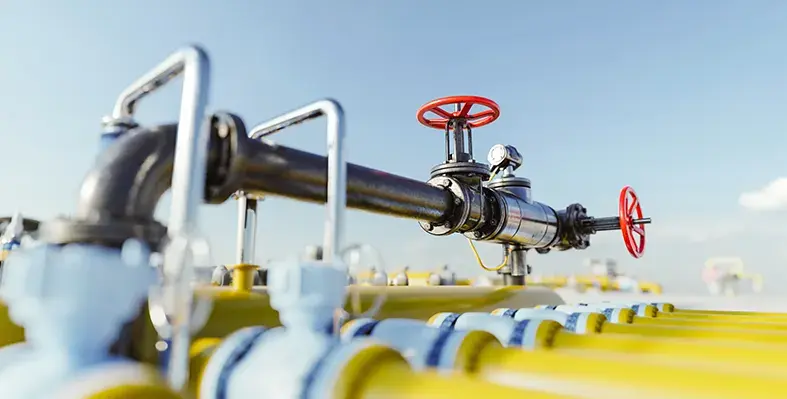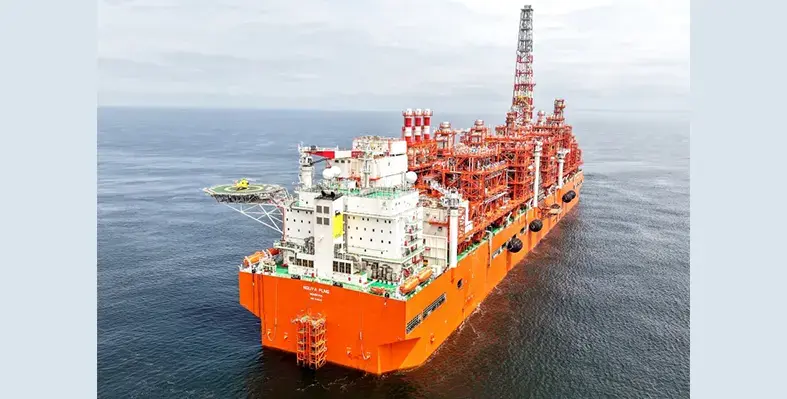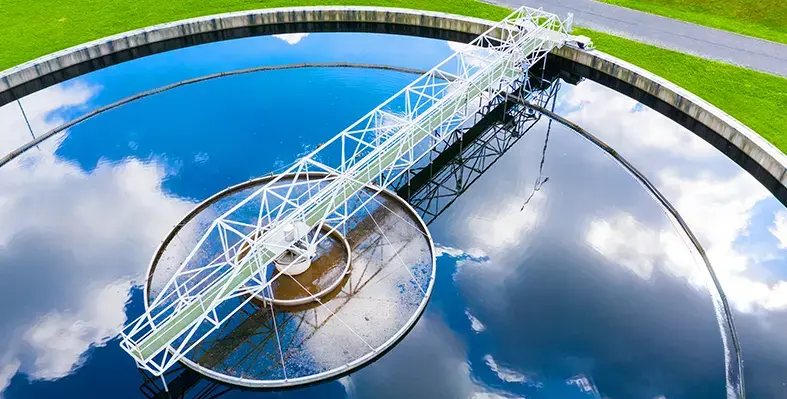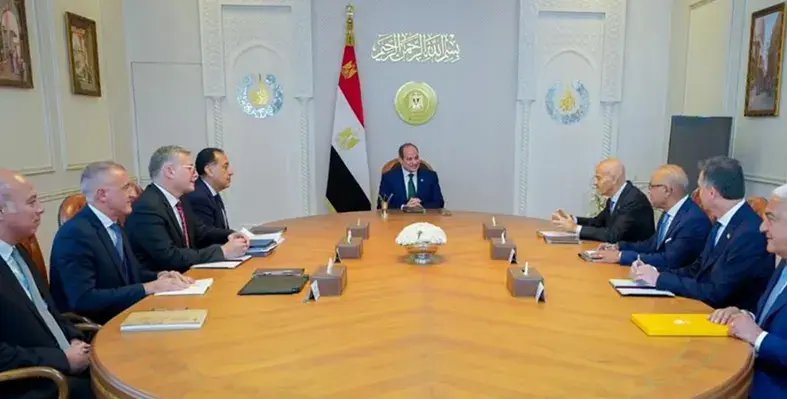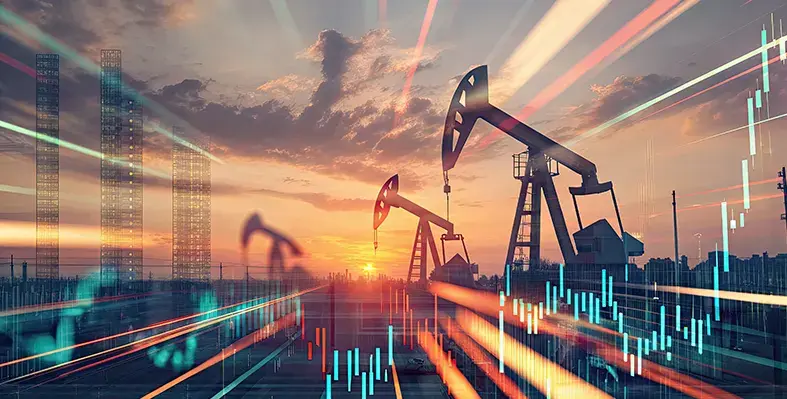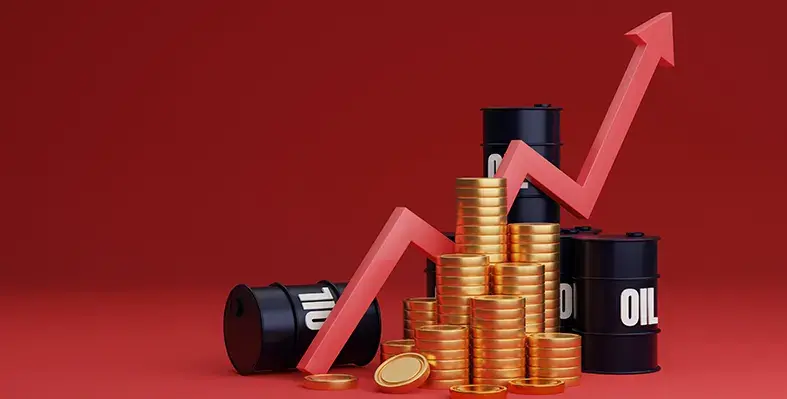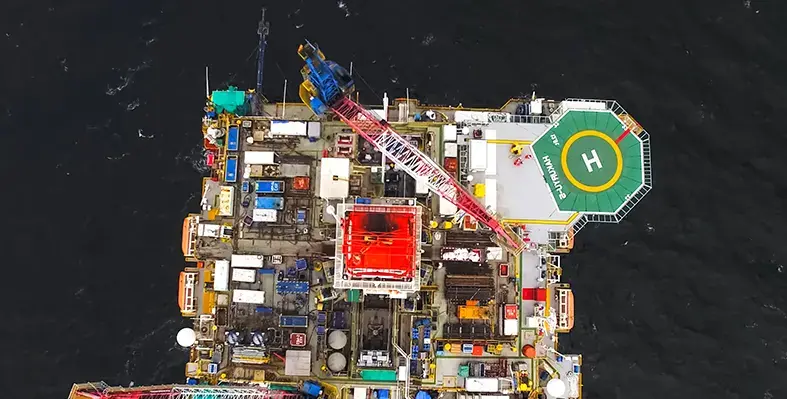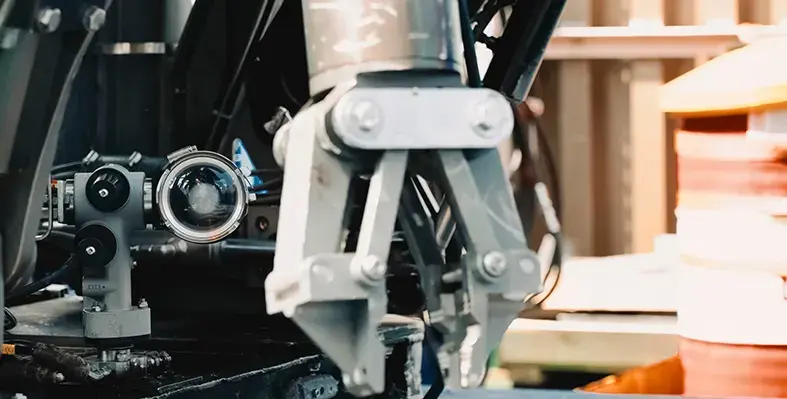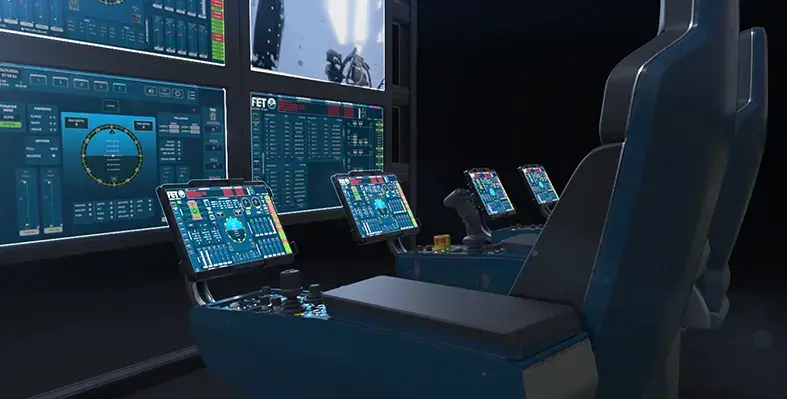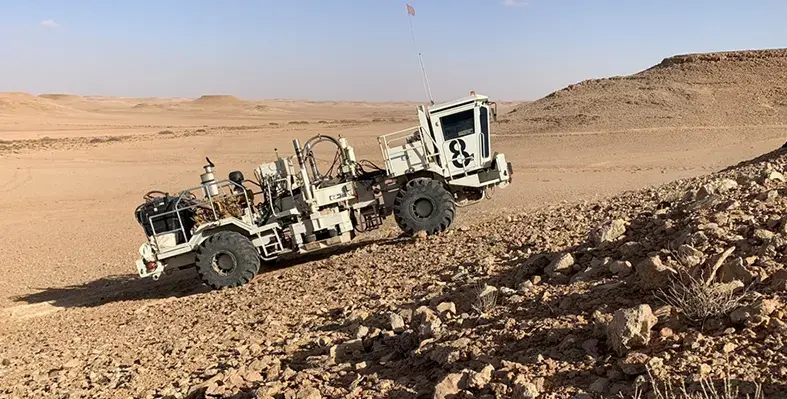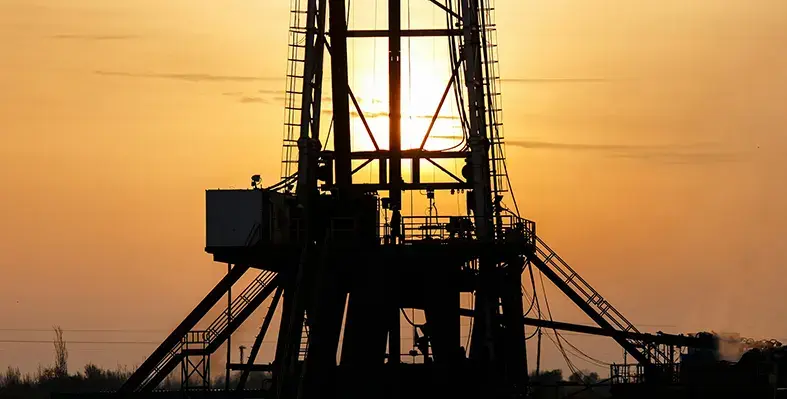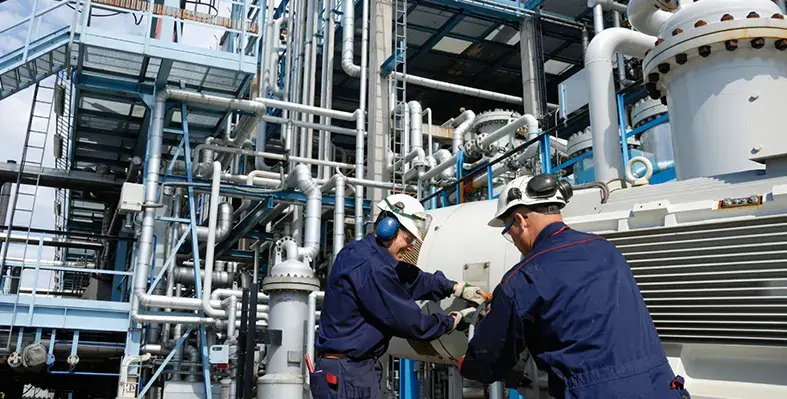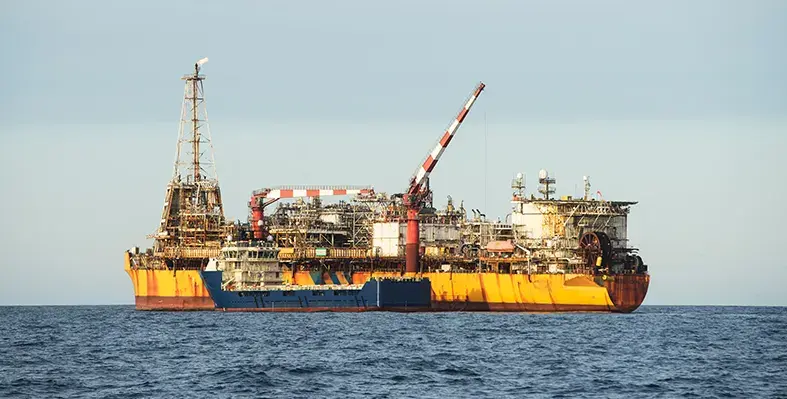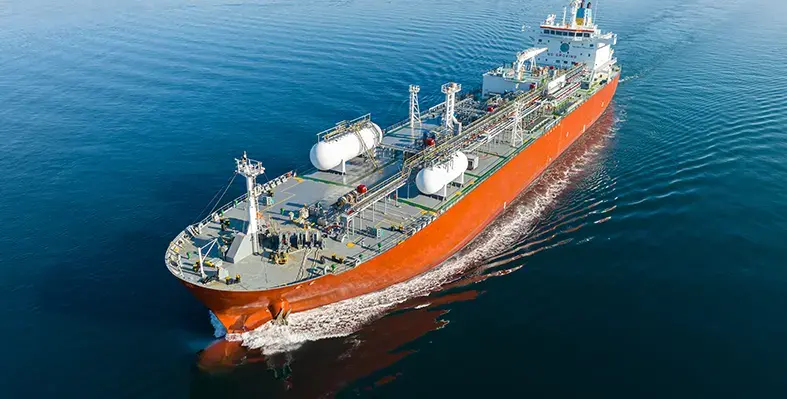In The Spotlight
The Angolan offshore draws in more investors as BW Energy and Maurel & Prom have decided to be partners in one of the most prominent ventures in the region, Azule Energy
Both the parties have formed a consortium and signed an agreement for a combined acquisition of 20% non-operated interest in Block 14 and 10% in Block 14K offshore Angola. In other words, BW Energy’s net share will be 10% in Block 14 and 5% in Block 14K.
Confirming that the company will be holding 10% in Block 14 and 5% in Block 14K alongside Maurel & Prom, whose experience it values, BW Energy's CEO, Carl K. Arnet said, “The entry to Angola is a key step in BW Energy’s West Africa growth strategy and provides further diversification of our resource base. Firstly, we see clear upsides beyond the current production in Block 14. And, more importantly, we build a position for potential future operated development opportunities in the country.”
“Angola is a mature hydrocarbon basin with an active M&A market and strong political support for the energy sector. We see attractive opportunities for BW Energy to apply our strategy of developing proven reserves and stranded assets through the re-use of existing energy infrastructure to unlock significant value over time,” he added, establishing the company’s long-term regional growth strategy in Angola.
Block 14 is a mature deepwater asset comprising nine producing fields, while Block 14K is a tie-back to the main block. The asset is operated by Chevron, and the licence currently runs to 2038. Gross production is approximately 40 kbopd, with net to BW Energy at 4 kbopd. Current producing reserves are estimated at 9.3 mmbbls net to BW Energy, with several identified opportunities to further increase recoverable volumes. Abandonment and decommissioning costs are covered by existing provisions.
The Nigerian National Petroleum Company and Heirs Energies have signed the Gas Flare Commercialisation Agreements as part of the Nigerian Gas Flare Commercialisation Programme (NGFCP) and approved Non-NGFCP frameworks
This marks a shift from regulatory approvals to practical application, whereby flare gas volumes across OML17 will be captured and channelised for productive use, including power generation, industrial applications, LPG and CNG.
With an aim to eliminate routine flaring, this significant cause brings together Heirs Energies, as operator of the OML 17 Joint Venture, and approved flare gas offtakers - AUT Gas, Twems Energies, Gas & Power Infrastructure Development Limited (GPID), PCCD and Africa Gas & Transport Company Limited (AGTC).
Representing NNPC while speaking at the ceremony, the chief upstream investment officer of NUIMS, Seyi Omotowa, said, “For us at NNPC Limited and NUIMS, flare gas commercialisation is not a compliance exercise; it is a strategic pathway to improving energy availability, deepening gas-based industrialisation and strengthening Nigeria’s position as a responsible energy producer. OML 17 has become a practical model of this vision, moving decisively from approval to delivery.”
Ojo Olalekan Ezekiel, Senior Manager, NUPRC, said, “This ceremony demonstrates Heirs Energies’ commitment to eliminating routine gas flaring across OML17 and aligns fully with the Commission’s Gas Flare Commercialisation Programme and national energy and emission-reduction objectives.”
“Gas sits at the heart of Nigeria’s development journey. Through disciplined investment, partnership with regulators and credible offtakers, and a clear execution focus, we are converting waste into value, strengthening domestic energy supply and supporting responsible operations across OML 17,” said Heirs Energies’ Chief Executive Officer, Osa Igiehon.
Northern Ocean Ltd's Deepsea Mira has been booked by a Shell plc subsidiary for deployment in Namibia starting April 2026
The rig will be used for operations on one firm well and another optional well, with an estimated duration of 45 days for the firm well and a projected firm backlog of approximately US$16mn. This contract will increase NOL’s firm backlog to approximately US$387mn.
The Deepsea Mira rig is a sixth-generation enhanced and extended CS 60 E semi submersible that has been designed to withstand harsh environment.
Delivered by Hyundai Heavy, the mobile offshore drilling unit (MODU) is equipped to access water depths of up to 3,000 meters.
The rig's history with Namibia goes way back, serving majors like TotalEnergies, and also Rhino Resources, which has extended its hire period.
The Angolan offshore draws in more investors as BW Energy and Maurel & Prom have decided to be partners in one of the most prominent ventures in the region, Azule Energy
Both the parties have formed a consortium and signed an agreement for a combined acquisition of 20% non-operated interest in Block 14 and 10% in Block 14K offshore Angola. In other words, BW Energy’s net share will be 10% in Block 14 and 5% in Block 14K.
Confirming that the company will be holding 10% in Block 14 and 5% in Block 14K alongside Maurel & Prom, whose experience it values, BW Energy's CEO, Carl K. Arnet said, “The entry to Angola is a key step in BW Energy’s West Africa growth strategy and provides further diversification of our resource base. Firstly, we see clear upsides beyond the current production in Block 14. And, more importantly, we build a position for potential future operated development opportunities in the country.”
“Angola is a mature hydrocarbon basin with an active M&A market and strong political support for the energy sector. We see attractive opportunities for BW Energy to apply our strategy of developing proven reserves and stranded assets through the re-use of existing energy infrastructure to unlock significant value over time,” he added, establishing the company’s long-term regional growth strategy in Angola.
Block 14 is a mature deepwater asset comprising nine producing fields, while Block 14K is a tie-back to the main block. The asset is operated by Chevron, and the licence currently runs to 2038. Gross production is approximately 40 kbopd, with net to BW Energy at 4 kbopd. Current producing reserves are estimated at 9.3 mmbbls net to BW Energy, with several identified opportunities to further increase recoverable volumes. Abandonment and decommissioning costs are covered by existing provisions.
BW Energy has drilled the Kharas-1 appraisal well in the Kudu license area, offshore Namibia, at a total depth of 5,100 m and intersected multiple reservoir intervals
With drilling completed, the well will now be plugged and abandoned in line with the planned programme.
The well has revealed multiple shallow turbidite reservoirs with dry-gas shows, and reservoir properties from these and the acquired whole core are now being evaluated.
Hydrocarbons were encountered in deep inside a fractured volcaniclastic reservoir, pointing to a working petroleum system with condensate and/or light oil. Further analysis is ongoing to determine the extent
of the system and to characterise reservoir properties and appraisal options.
"Kharas-1 achieved its technical objective of testing multiple targets within a single penetration and delivered valuable geological, geochemical and petrophysical data. The results also confirm, for the first time, the presence of liquid hydrocarbons within the Kudu block and contribute to our understanding of the broader petroleum system. The reservoir complexity necessitates further appraisal to assess its potential. Our forward programme will focus on further high value targets based on the presence of liquid hydrocarbons, as well as gas and the learnings from Kharas-1A," said CEO Carl Arnet.
Nigeria's HI gas field development will be supported by Halliburton by the way of an integrated drilling services contract for Shell Nigeria Exploration and Production Company (SNEPCo), in collaboration with Sunlink Energies
The HI gas field development, which is part of OML 144, will see Halliburton's services for advancing feed gas supply to the Nigeria LNG Train 7 facility.
"This contract reflects our dedication to deliver integrated solutions that improve performance and efficiency in offshore environments. The company will deploy technologies integrated with LOGIX automation and remote operations to help improve drilling precision, efficiency, and safety in offshore operations. Our collaboration with SNEPCo and Sunlink Energies advances the HI gas field and contributes to the future of the energy industry in Nigeria," said Shannon Slocum, president, Eastern Hemisphere at Halliburton.
Halliburton’s project management team will support the drilling execution and provide integrated services to deliver end-to-end solutions. The company's advanced technology solutions combined with its strong presence in Nigeria will advance the HI Project’s operational and production goals.
The Nigerian National Petroleum Company and Heirs Energies have signed the Gas Flare Commercialisation Agreements as part of the Nigerian Gas Flare Commercialisation Programme (NGFCP) and approved Non-NGFCP frameworks
This marks a shift from regulatory approvals to practical application, whereby flare gas volumes across OML17 will be captured and channelised for productive use, including power generation, industrial applications, LPG and CNG.
With an aim to eliminate routine flaring, this significant cause brings together Heirs Energies, as operator of the OML 17 Joint Venture, and approved flare gas offtakers - AUT Gas, Twems Energies, Gas & Power Infrastructure Development Limited (GPID), PCCD and Africa Gas & Transport Company Limited (AGTC).
Representing NNPC while speaking at the ceremony, the chief upstream investment officer of NUIMS, Seyi Omotowa, said, “For us at NNPC Limited and NUIMS, flare gas commercialisation is not a compliance exercise; it is a strategic pathway to improving energy availability, deepening gas-based industrialisation and strengthening Nigeria’s position as a responsible energy producer. OML 17 has become a practical model of this vision, moving decisively from approval to delivery.”
Ojo Olalekan Ezekiel, Senior Manager, NUPRC, said, “This ceremony demonstrates Heirs Energies’ commitment to eliminating routine gas flaring across OML17 and aligns fully with the Commission’s Gas Flare Commercialisation Programme and national energy and emission-reduction objectives.”
“Gas sits at the heart of Nigeria’s development journey. Through disciplined investment, partnership with regulators and credible offtakers, and a clear execution focus, we are converting waste into value, strengthening domestic energy supply and supporting responsible operations across OML 17,” said Heirs Energies’ Chief Executive Officer, Osa Igiehon.
Major refining projects are set to transform Africa’s energy landscape and boost self-suffciency
Africa is set to add 1.2mn barrels per day (bpd) of new refining capacity by 2030, representing one of the fastest downstream expansions globally, according to the newly released 2025 OPEC World Oil Outlook.
At the forefront of Africa’s refining expansion is Nigeria’s 650,000-bpd Dangote Refinery, which began operations in 2024 and is already reshaping regional fuel trade dynamics. Further developments include the 200,000-bpd Akwa Ibom Refinery, also in Nigeria, and Angola’s state-driven push to bring online the 200,000-bpd Lobito Refinery and 100,000-bpd Soyo Refinery by 2030.
Uganda’s refining ambitions are taking shape with a 60,000-bpd facility in Hoima, part of the country’s broader Lake Albert basin development plan, while modular refinery projects in Ghana, Guinea-Conakry, the Republic of Congo and additional sites in Nigeria are buiding capacity in markets where infrastructure and financing hurdles persist. In North Africa, Algeria (Hassi Messaoud), Libya (Ubari) and Egypt (Soukhna) are all advancing refinery projects aimed at capturing higher margins, improving domestic supply security and reducing dependency on imports of refined petroleum products.
According to OPEC, Africa will need over US$40bn in refining investments by 2030 to meet its mid-decade objectives, and beyond that, an additional US$60+ billion for refinery construction, modernisation and secondary processing capacity upgrades. This opens a US$100 billion investment opportunity for project developers, institutional investors, sovereign wealth funds and energy-focused private equity.
Africa’s rising domestic consumption of crude – forecast to reach 4.5 million bpd by 2050 from just 1.8 million bpd in 2024 – further underlines the need for investing in downstream infrastructure.
If the continent seizes this momentum, it can move beyond being a raw crude exporter to becoming a competitive, resilient and integrated energy producer.
The 2025 edition of African Energy Week (AEW): Invest in African Energies in Cape Town will provide a platform for governments, operators and financiers to align on next-phase refinery projects, policy incentives and deal pipelines, as countries seek to reduce costly imports and capture more value from domestic crude,
ADIPEC 2025 will take place in Abu Dhabi, UAE, from 3-6 November 2025, with an expanded conference and exhibition programme aimed at addressing the challenges facing the global energy sector
The event will focus on two critical imperatives: building resilience in the energy system and scaling transformative solutions to accelerate global progress.
The theme for ADIPEC 2025, "Energy. Intelligence. Impact.", underscores the need for secure energy to drive inclusive growth, the intelligence to navigate the complexities of today's energy landscape, and the impact that translates vision into tangible progress for markets, people, and the planet. Over the course of four days, the event will explore four key themes, from new energy technologies and geopolitics to digital transformation and building a resilient, future-ready energy system.
This year, the ADIPEC conferences have been streamlined into two comprehensive programmes: the Strategic Conference and the Technical Conference. The event will feature over 380 sessions, with more than 1,800 speakers, including ministers, CEOs, academics, industry experts, and youth leaders. The aim is to turn dialogue into action by showcasing solutions and catalysing collaborations that drive real, measurable impact across the energy sector. The platform will promote intelligent choices, focusing on leveraging all viable energy sources and technologies to build sustainable systems that can deliver energy to more people, at lower cost, and with reduced carbon emissions.
The ADIPEC 2025 Exhibition will span 17 halls and host more than 2,250 exhibitors from across the global energy ecosystem, including 54 National Oil Companies (NOCs), International Oil Companies (IOCs), National Energy Companies (NECs), and International Energy Companies (IECs). It will also feature 30 dedicated country pavilions and four specialised industry zones focused on decarbonisation, digitalisation, maritime and logistics, and artificial intelligence.
ADIPEC 2025 is expected to attract more than 205,000 attendees from around the world, creating unique opportunities for collaboration, innovation, and progress within the energy sector.



